Science Experiments How-Tos


How To: Make a "Volcano" Experiment with Ammonium dichromate
C For Chemistry delves into the chemistry of science experiments. This chemist knows what he's talking about. These chemistry experiments are not only fun, but very educational for all of those interested in scientific chemical reactions and properties.

How To: Dust for fingerprints
Ever wanted to find out who stole the cookie from the cookie jar? Take a page from crime scene investigators and get the proof you need.
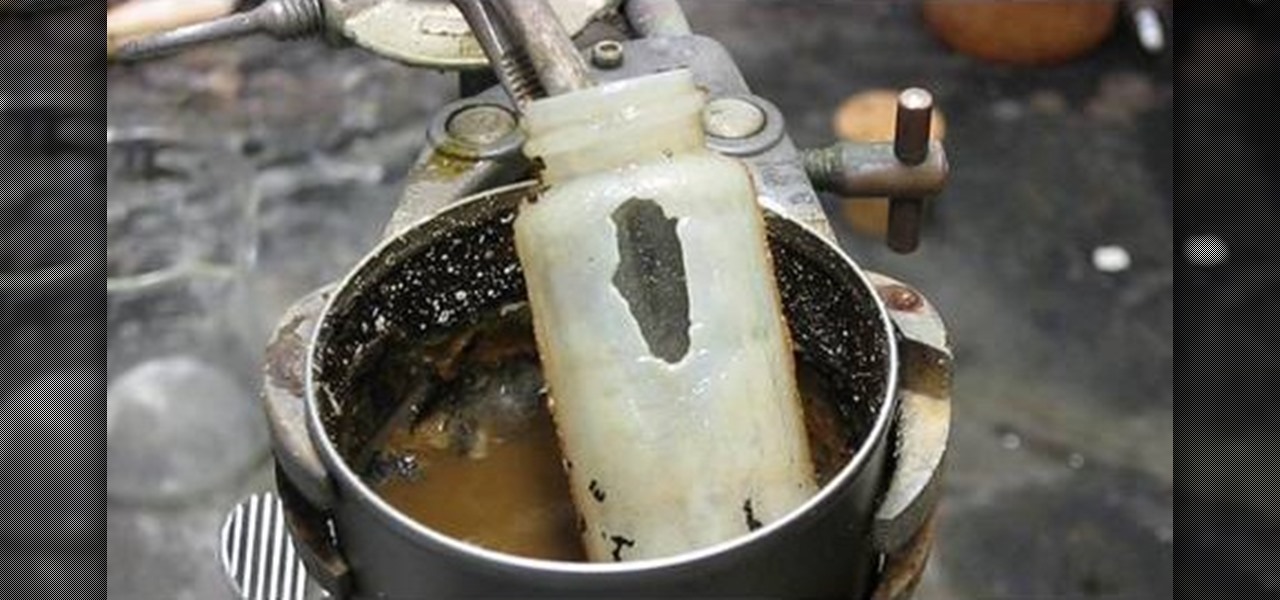
How To: Dissolve glass with drain cleaner
Watch this science video tutorial from Nurd Rage on how to dissolve glass with drain cleaner. They show you how to dissolve that glass with sodium hydroxide (drain cleaner).
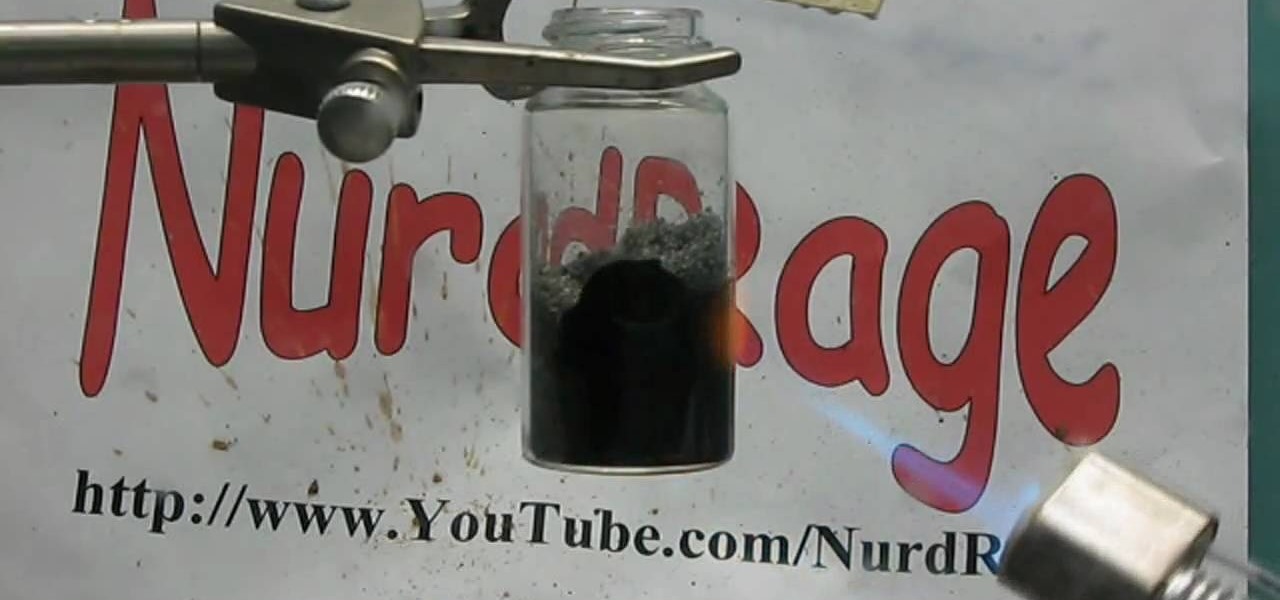
How To: Make potassium permanganate with Dr. Lithium
Watch this science video tutorial from Nurd Rage on how to make potassium permanganate with Dr. Lithium with potassium nitrate and manganese dioxide.

How To: Make a test tube thunderstorm
Watch this science video tutorial from Nurd Rage on how to make a test tube thunderstorm. They show you how to make the thunderstorm in a test tube using alcohol, sulfuric acid and potassium permanganate.
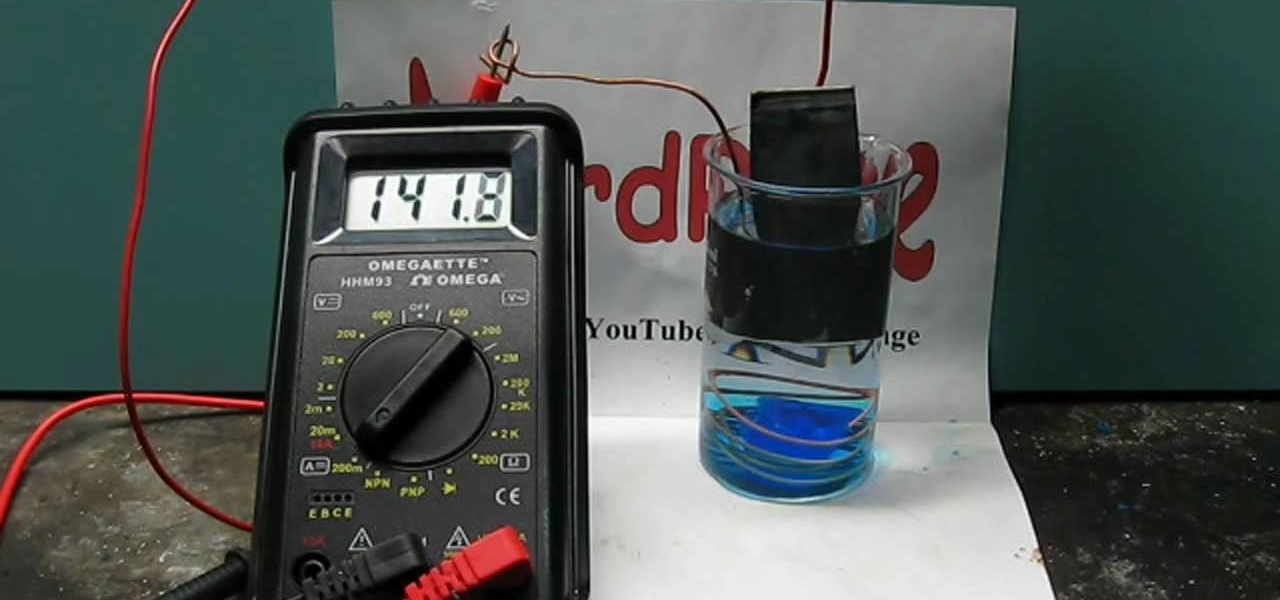
How To: Make copper sulfate and zinc batteries
Watch this science video tutorial from Nurd Rage on how to make copper sulfate and zinc batteries. They show you how to make the classic copper sulfate and zinc battery using the incredibly easy "gravity" battery design approach. Great for science fairs and similar projects this battery can be used to explore many basic concepts in batteries.

How To: Make electricity from copper, zinc and water
Check out this kitchen table science experiment on how to make electricity from copper, zinc and water. You can make your own battery to power a small LED light from just nails, copper wire and water.
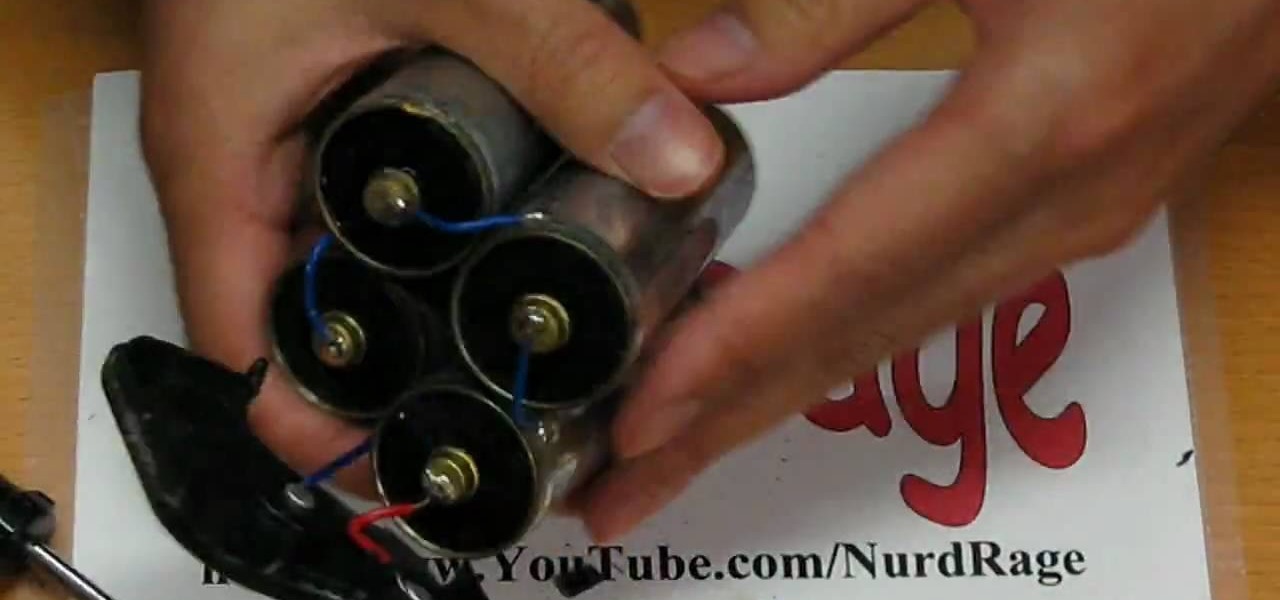
How To: Get zinc, carbon rods and MnO2 from lantern batteries
Watch this science video tutorial from Nurd Rage on how to get zinc, carbon rods and MnO2 from lantern batteries. They show you how to get zinc, carbon electrodes and manganese dioxide from a lantern battery.
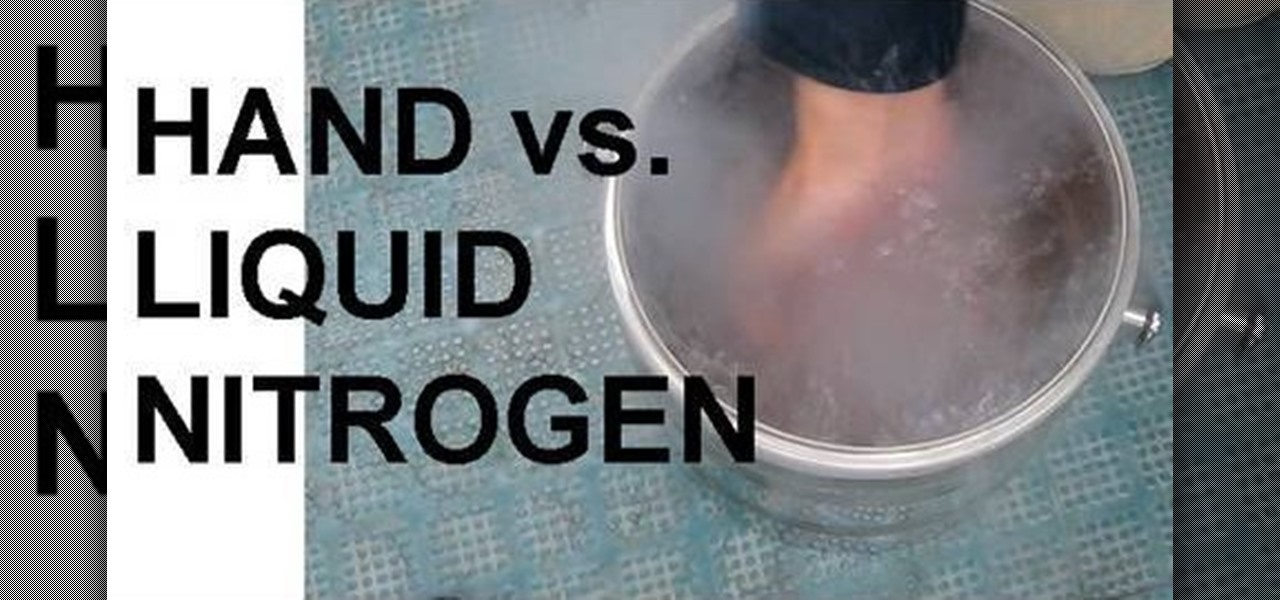
How To: Show the Leidenfrost Effect (Hand vs. Liquid Nitrogen)
What would happen if you stick your hand in a pool of liquid nitrogen? Would your hand freeze to death? Would it harden to an unnatural state? Would it shatter as soon as you touched something? Well, real life isn't like the movies (i.e. Demolition Man), so believe it or not, your hand would be safe, thanks to a little known phenomenon called the Leidenfrost effect.

How To: Make copper sulfate from copper and sulfuric acid
Watch this science video tutorial from Nurd Rage on how to make copper sulfate from copper and sulfuric acid in three ways. They show you how to make copper sulfate from copper and sulfuric acid using two chemical methods and one electrochemical method.

How To: Make neon green water glow
Check out this how-to video for making water glow, or for making glow water (it's pretty much the same thing). Get ready for that fun, neon green color. You will need a cup on gloves, among other things, to make glow water. Use a black light.
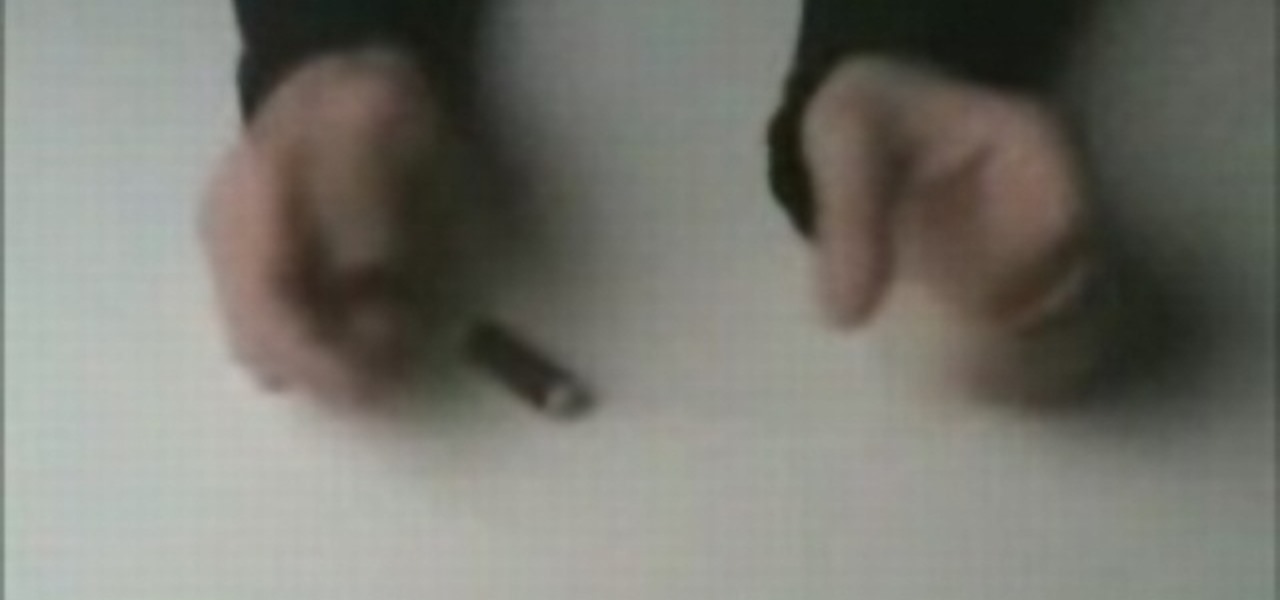
How To: Make fireballs you can hold in your hand
This flame you CAN hold, without burning your skin off. Learn to make fireballs you can hold in your hand. This amazing video tutorial shows you how to do it. All you'll need for this little science experiment or fiery weapon is 100% cotton cloth, scissors, lighter fuel, cotton string, and a needle. Be careful to follow the directions in this how-to video carefully otherwise you'll really be playing with fire.

How To: Create light with Mentos and Mountain Dew
Systm is the Do-It-Yourself show designed for the common geek who wants to quickly and easily learn how to dive into the latest and hottest tech projects. They will help you avoid pitfalls and get your project up and running fast. In this DIY episode, see how to create light with Mentos and Mountain Dew.
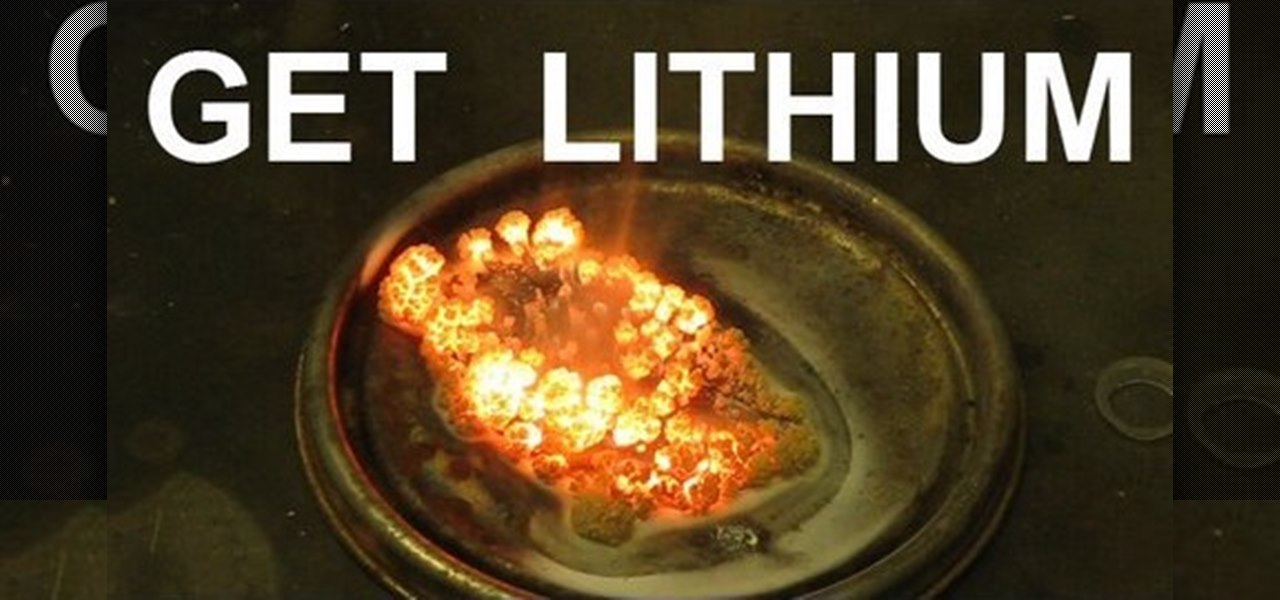
How To: Get lithium metal from an Energizer battery
Watch this science video tutorial from Nurd Rage on how to get lithium metal from an Energizer battery. They show you how to get Lithium Metal from an Energizer Ultimate Lithium battery.
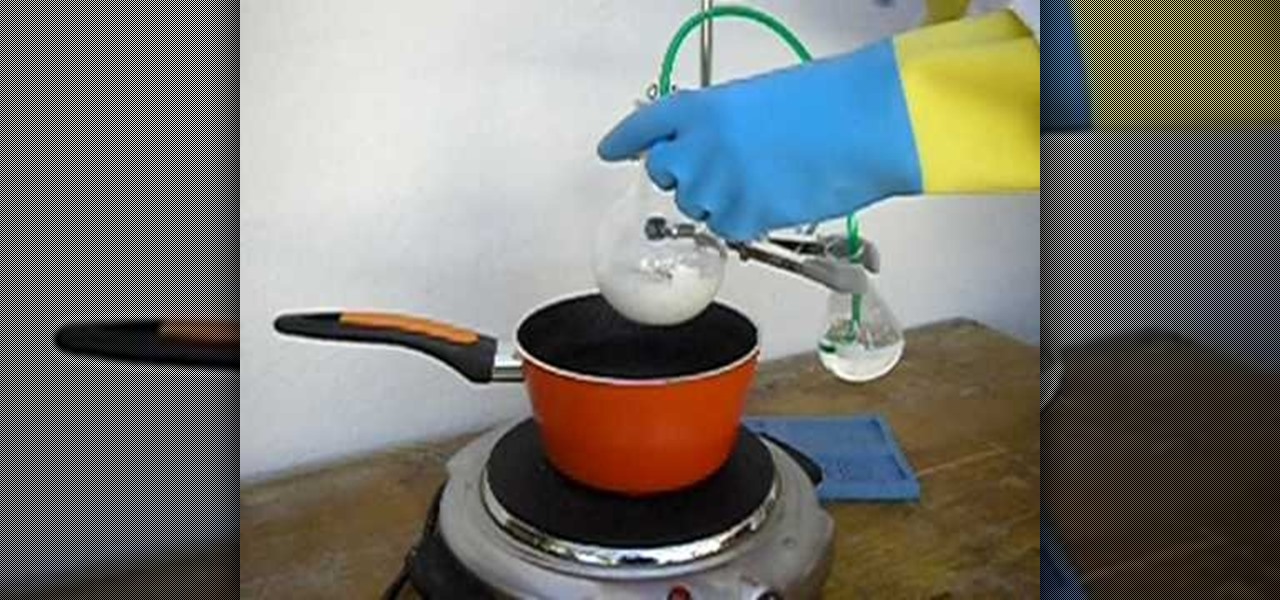
How To: Make corrosive hydrochloric acid
Process of making Hydrochloric acid using table salt and concentrated sulfuric acid. Consentration of the syntethised acid was 2.7M or 10%. Music: 1200 Mics - Rock into the future.

How To: Make a special effects burning flower
Use this method to make a glowing, burning flower similar to the glowing tomato. Makes a cool trick to impress your friends.
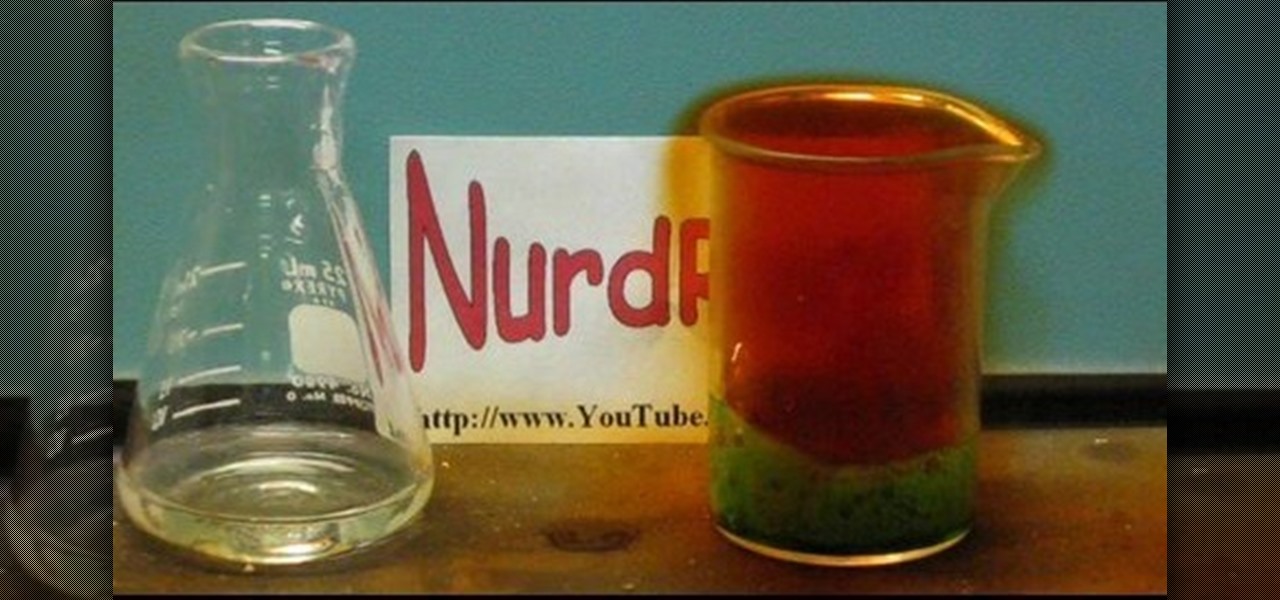
How To: Make nitric acid
Watch this science video tutorial from Nurd Rage on how to make nitric acid. They show three ways to make nitric acid based on two different chemical approaches, both of which can be done using easily accessible materials.
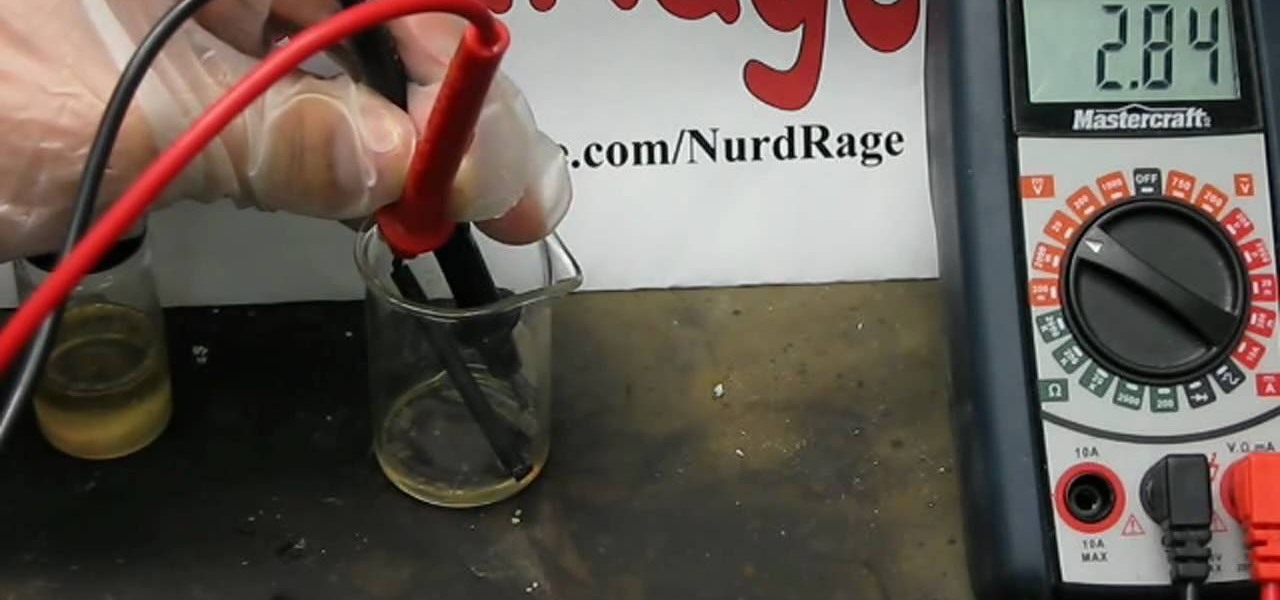
How To: Make a lithium thionyl chloride battery
Watch this science video tutorial from Nurd Rage on how to make a lithium thionyl chloride battery, which is capable of generating 2.8v with enough current to power a LED.

How To: Calculate your carbon footprint
Watch this video tutorial to learn how to calculate your carbon footprint. A carbon footprint is an equation that estimates just how much you, personally, are contributing to global warming—and all you have to do is plug some info into an online calculator. Figuring out how to make your footprint smaller, of course, is another matter.

How To: Make fire 4 ways without matches by using chemistry
Watch this science video tutorial from Nurd Rage on how to make fire 4 ways without matches by using chemistry, without matches or lighters.
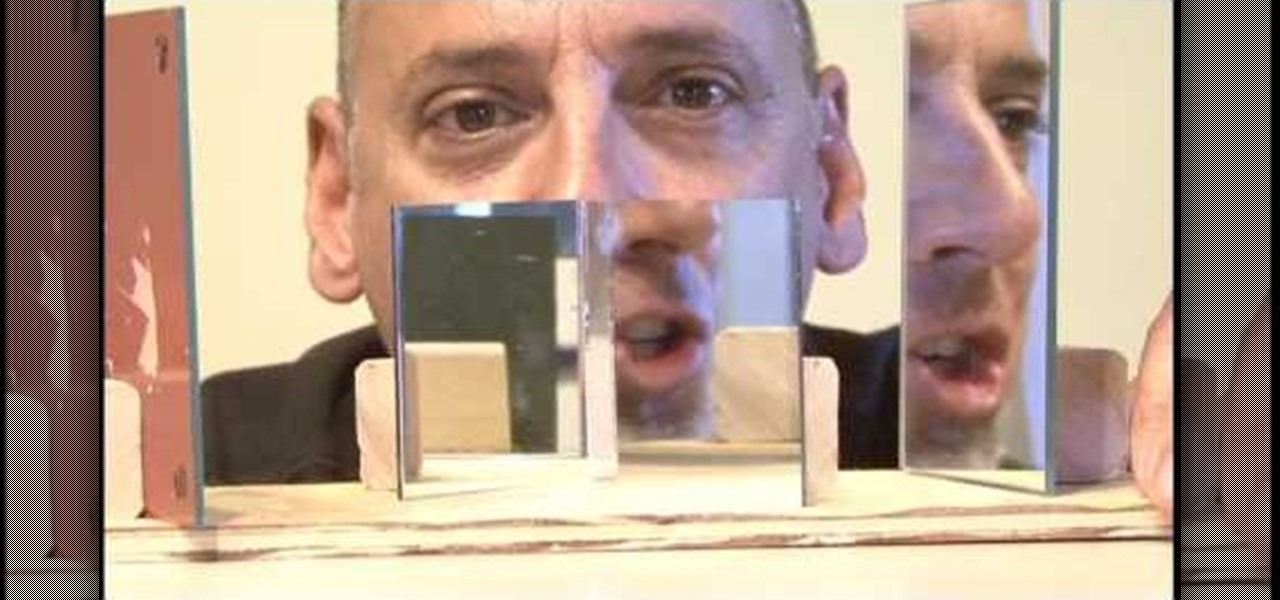
How To: Build a pseudoscope with mirrors
MAKE and Kipkay brings the do-it-yourself mindset to all the technology in your life. Make Magazine celebrates your right to tweak, hack, and bend any technology to your own will.
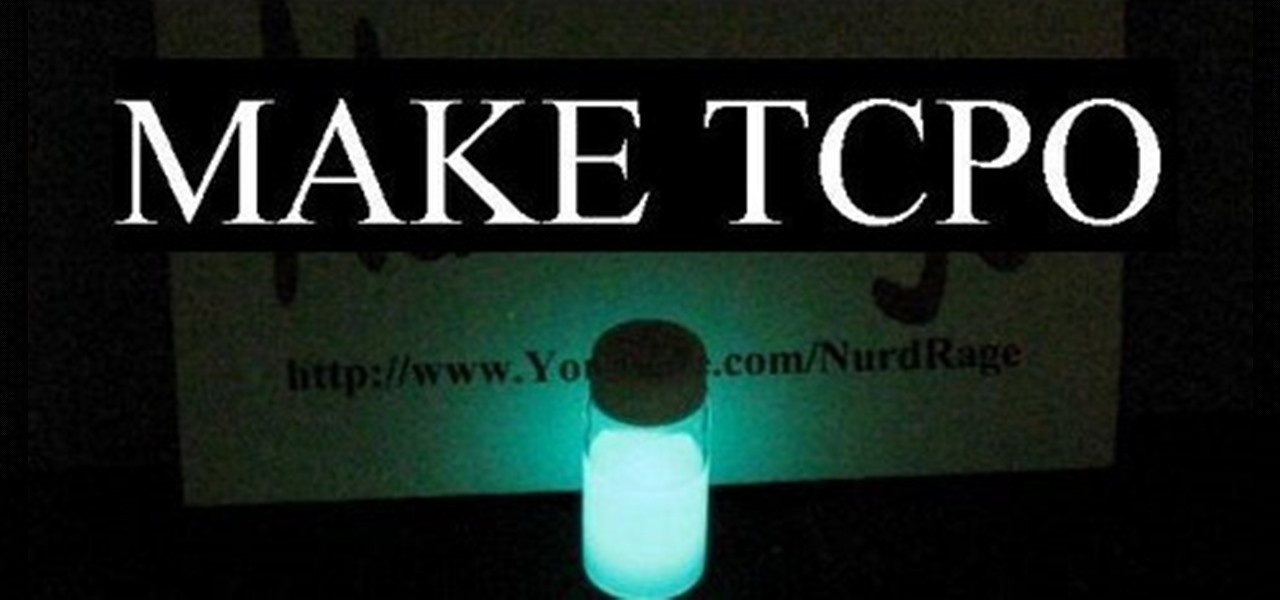
How To: Make TCPO (for making glow sticks)
How to make TCPO or bis(2,4,6-trichlorophenyl) oxalate, used in glow stick reactions. WARNING: This procedure should only be performed by, or under the direct supervision of, an experienced chemist. Please refer to the material safety data sheets of all chemicals for their hazards. Synthesis must be performed in a fumehood.
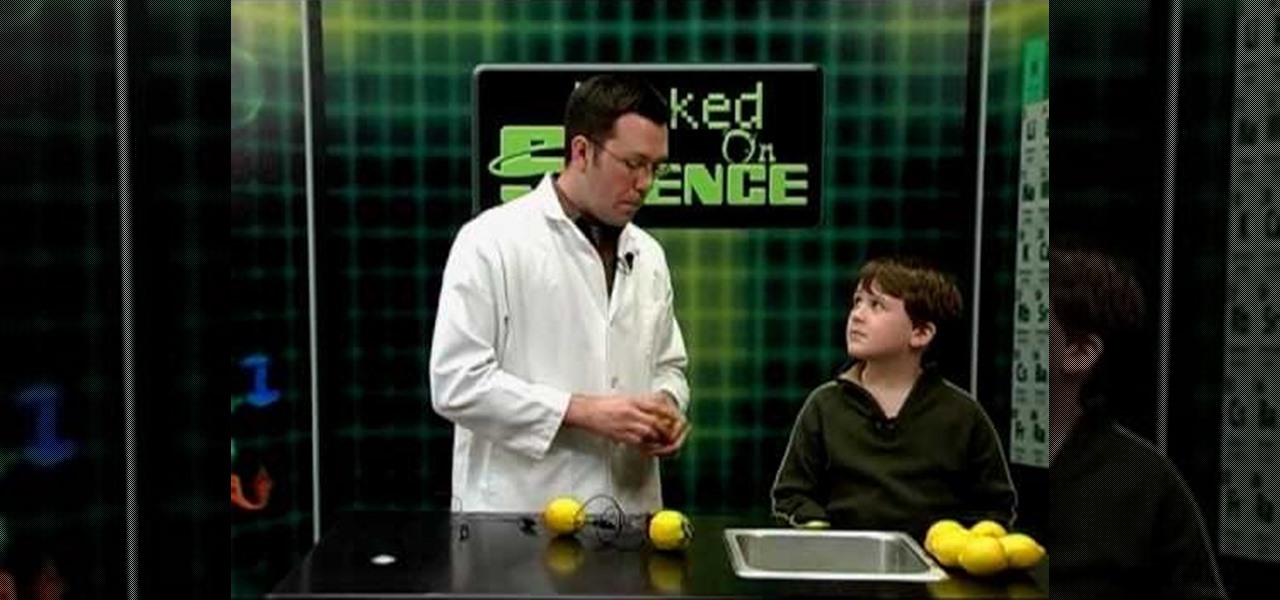
How To: Make a lemon battery to run a clock
Did you know you could create a battery by using a few items from around the house? Get you and your family "Hooked on Science." You need two electrodes, some wire and some lemons.
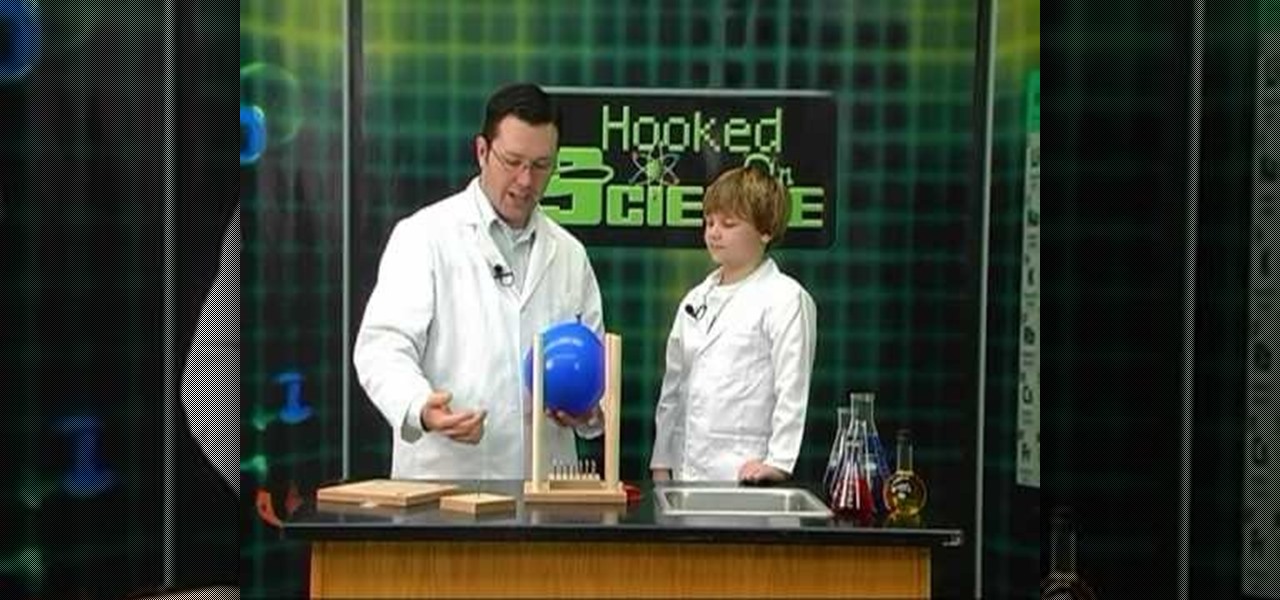
How To: Lie on a bed of nails without piercing your skin
Lying on a bed of nails...It's a science trick we've all seen in the movies and according to science guy Jason Lindsey it can be done if you use science. This uses balloons to demonstrate how someone can lay on nails and not be a bloody mess.

How To: Float a ping pong ball in mid air with a hair dryer
Can you float a ping pong ball in mid air? According to Outreach Science Educator Jason Lindsey you can and all you need is a hair dryer. This is a great way to demonstrate wind and gravity with household objects.

How To: Sense the charge in a magnetic dollar bill
Did you know the dollar in your pocket is magnetic? The strip inside the bill is magnetically charged. Check out this demonstration from Hooked On Science to learn more about science firsthand. Bring science right to your kitchen with these creative ways to demonstrate chemistry, physics and earth science to your kids.
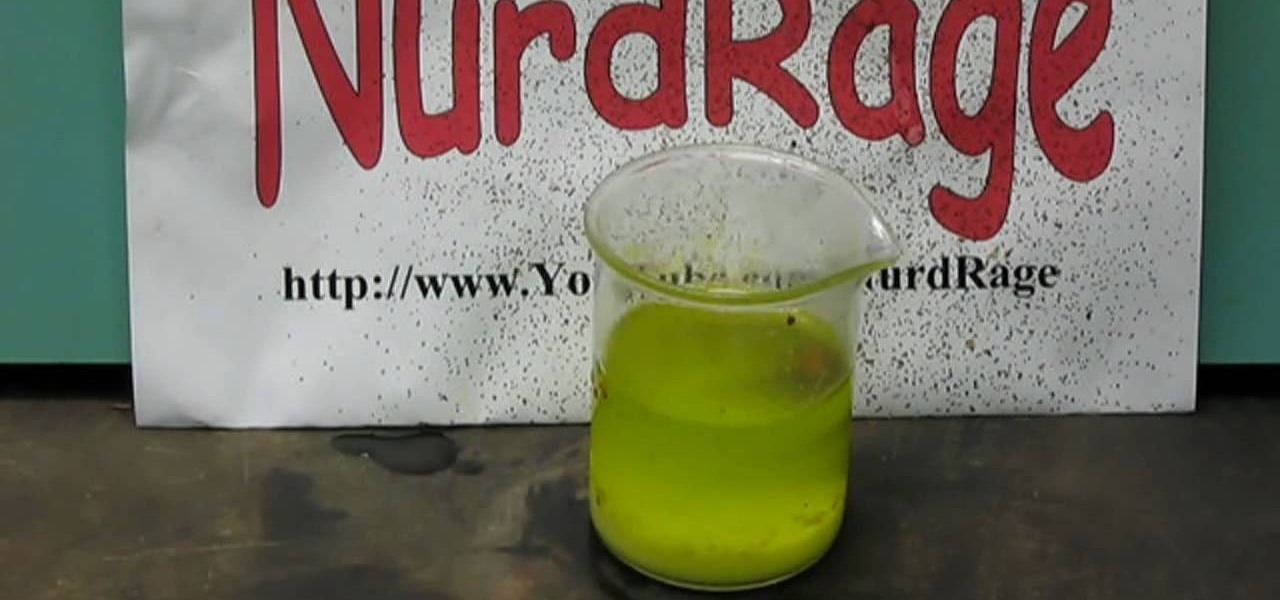
How To: Test if a fertilizer has nitrates in it
Watch this science video tutorial from Nurd Rage on how to test if a fertilizer has nitrates rather than urea or ammonia as its nitrogen source.

How To: Make naked eggs with vinegar
Eggs aren't just for eating! Did you know you can do some cool science experiments with eggs? Get a naked egg by leaving it in vinegar. Need to know if your egg is cooked? Spin it!
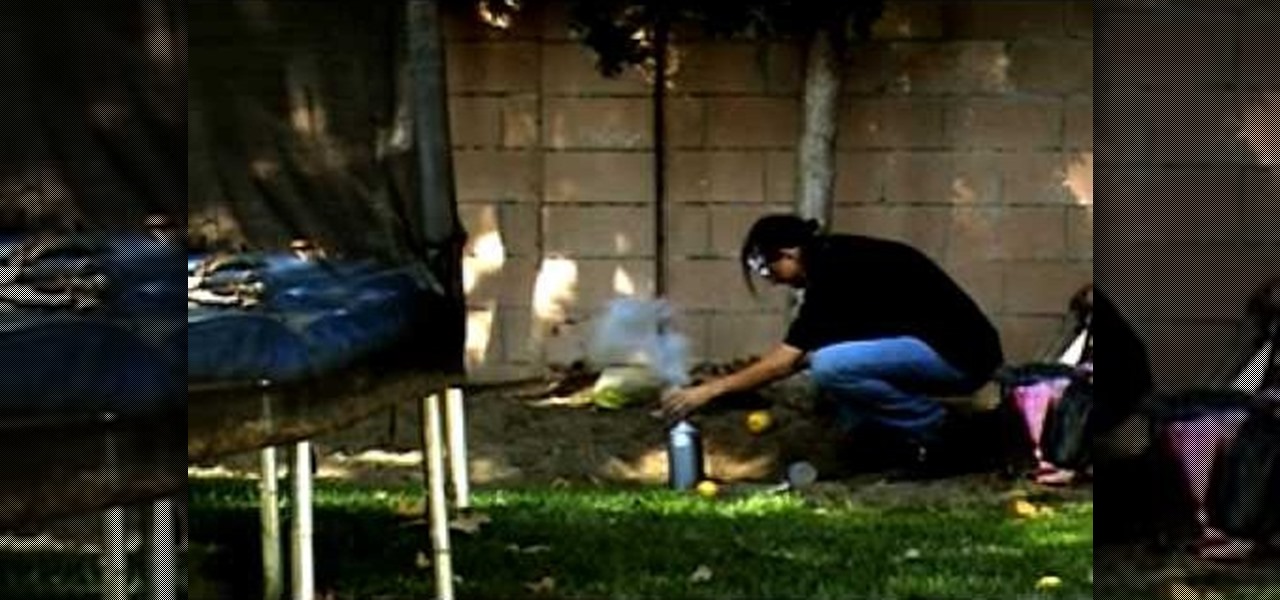
How To: Make a simple dry ice bomb
When I was a kid, the 4th of July was my favorite holiday for one simple reason...the joy of making things go BOOM! Somewhere along the line that fun was taken away by politicians. It's time to put the fun back in celebrating freedom. From your friends at America's favorite podcast, Anarchy-X.
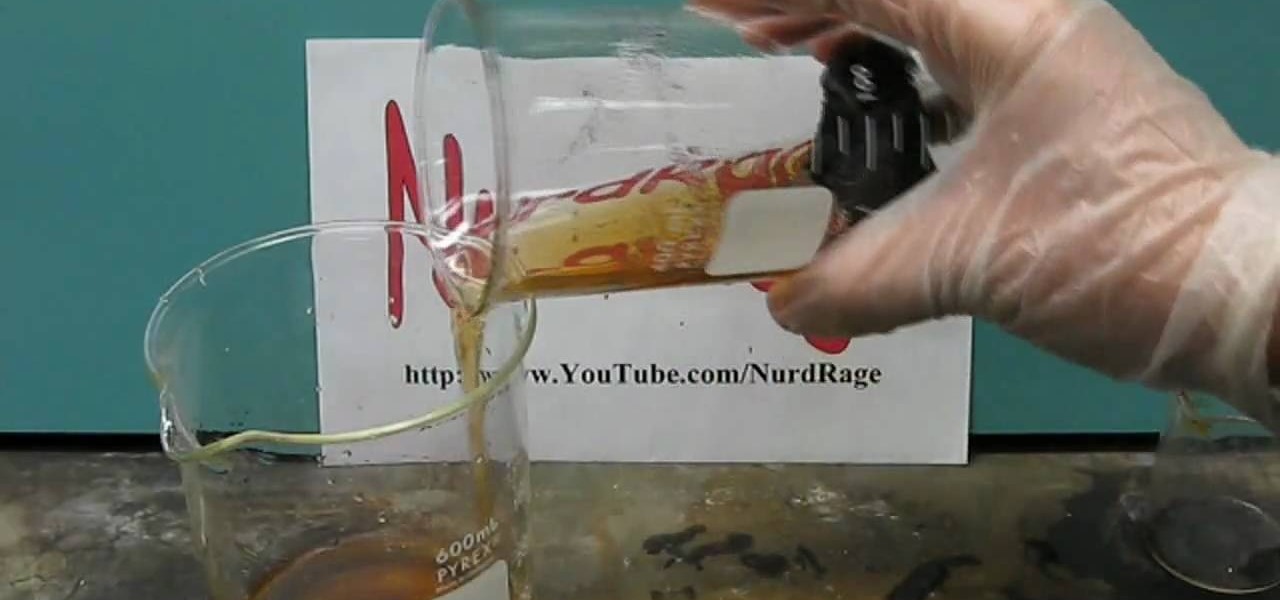
How To: Make iodine from hydrochloric acid and H2O2
Watch this science video tutorial from Nurd Rage on how to make iodine from an alkali metal iodide, hydrochloric acid (HCI), and hydroxide peroxide (H2O2).
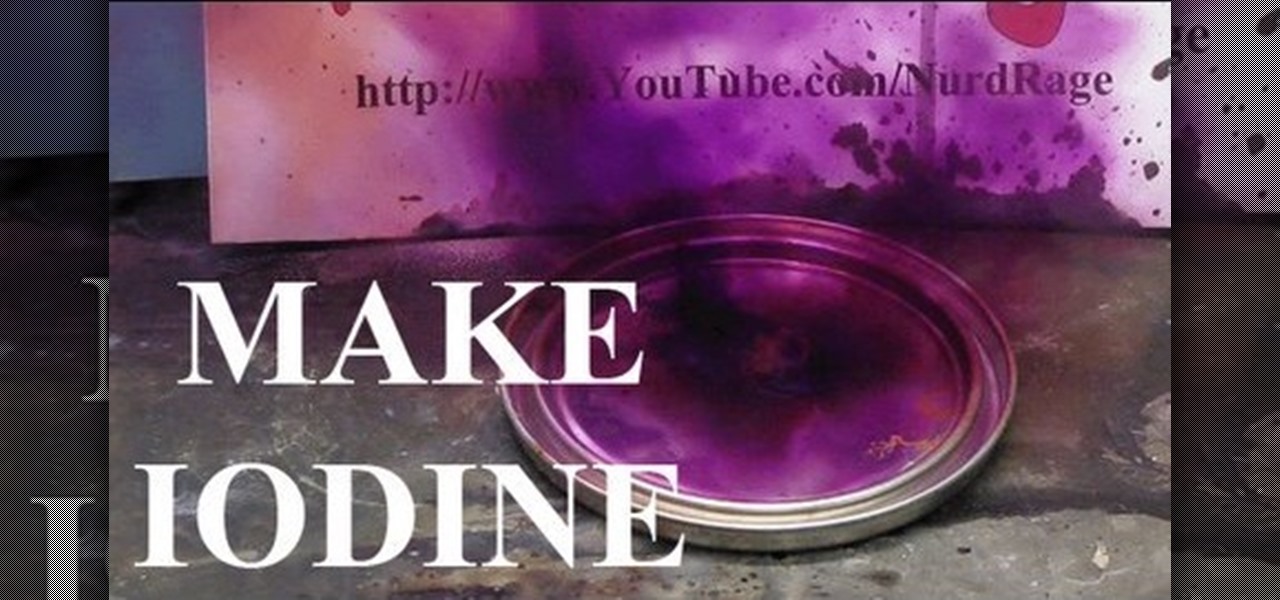
How To: Make iodine from sulfuric acid and alkali metal iodide
Watch this science video tutorial from Nurd Rage on how to make iodine from sulfuric acid and alkali metal iodide. This is the best way to make elemental iodine from sulfuric acid and sodium or potassium iodide.

How To: Study high school organic chemistry
Chemguy AKA Rob reviews the various diagrams in organic chemistry. This is a 16 part series from this Canadian high school Chemistry teacher.

How To: Stiffen water with flour and salt
See what happens when you mix a few cooking ingredients into water! This video tutorial will show you the trick to stiffen water with flour and salt. It's a pretty simple trick, and you don't need to be a science genius to do it. Just mix a little salt and flour together, then dump into the pre-boiled water and watch as it hardens completely stiff.
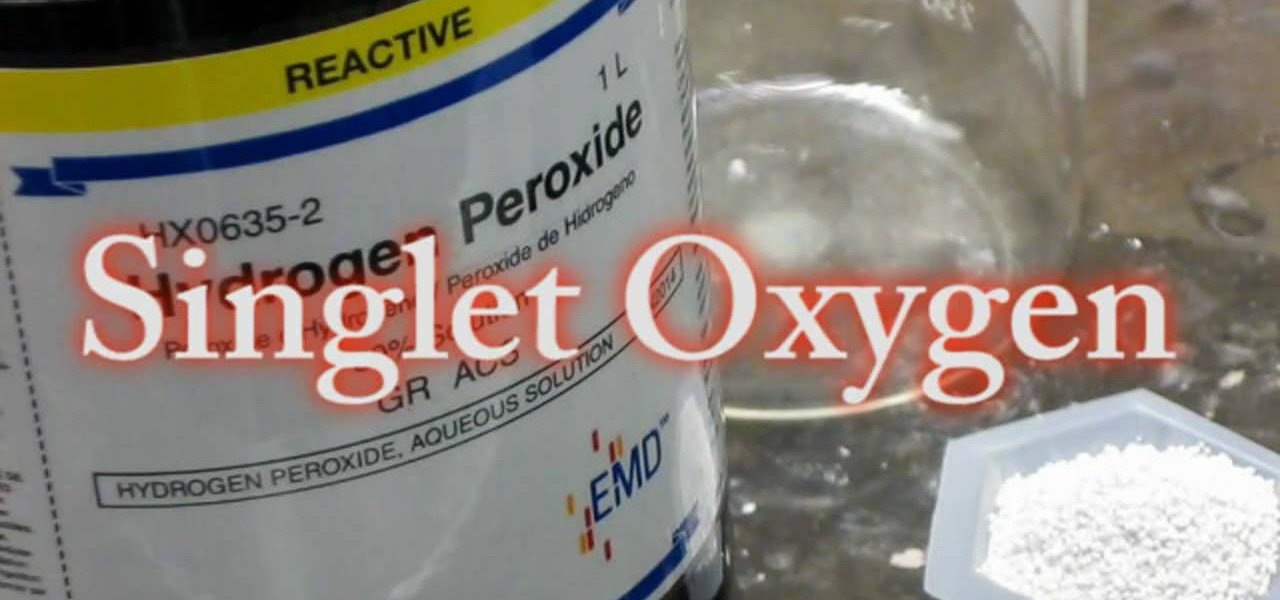
How To: Make a chemiluminescent reaction with home chemicals
Watch this science video tutorial from Nurd Rage on how to make a chemiluminescent reaction with home chemicals. Make a chemiluminescent singlet oxygen red light pulse from two simple chemicals almost anyone can buy: pool chlorine and hydrogen peroxide.

How To: Make a complete refillable glow stick
Watch this science video tutorial from Nurd Rage on how to make a complete refillable glow stick. You can make this complete and refillable glow stick with a steampunk-style to it.
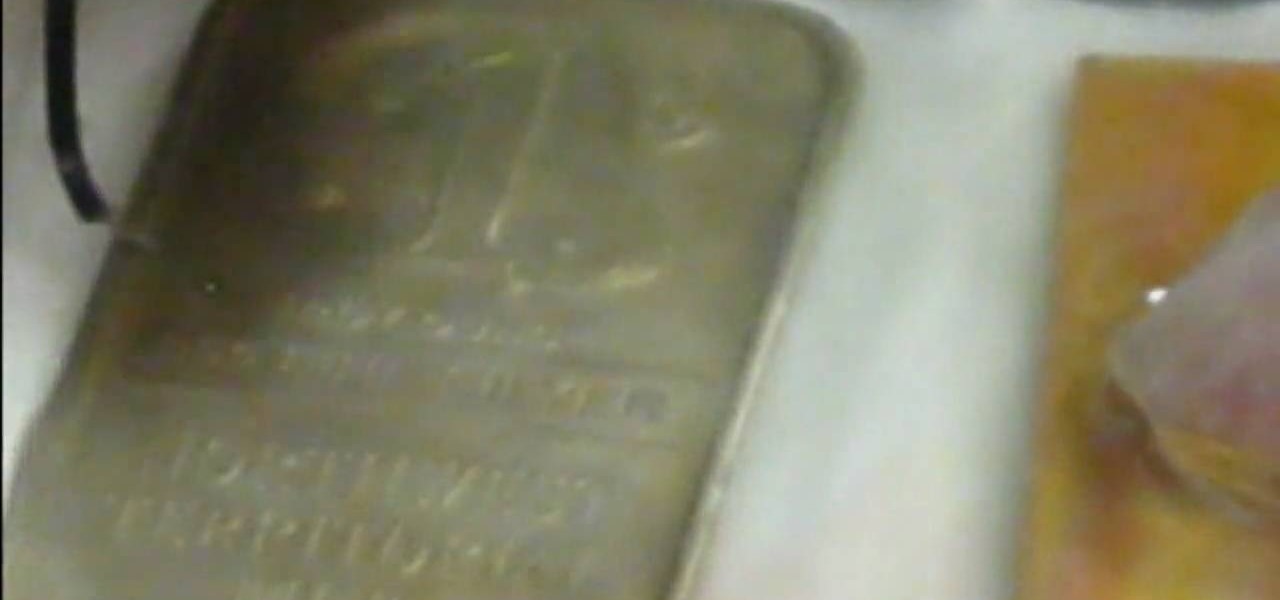
How To: Restore silver with electrochemistry
Watch this science video tutorial from Nurd Rage on how to restore silver with electrochemistry. You can restore old silver with aluminum foil or a battery by simple electrochemistry.
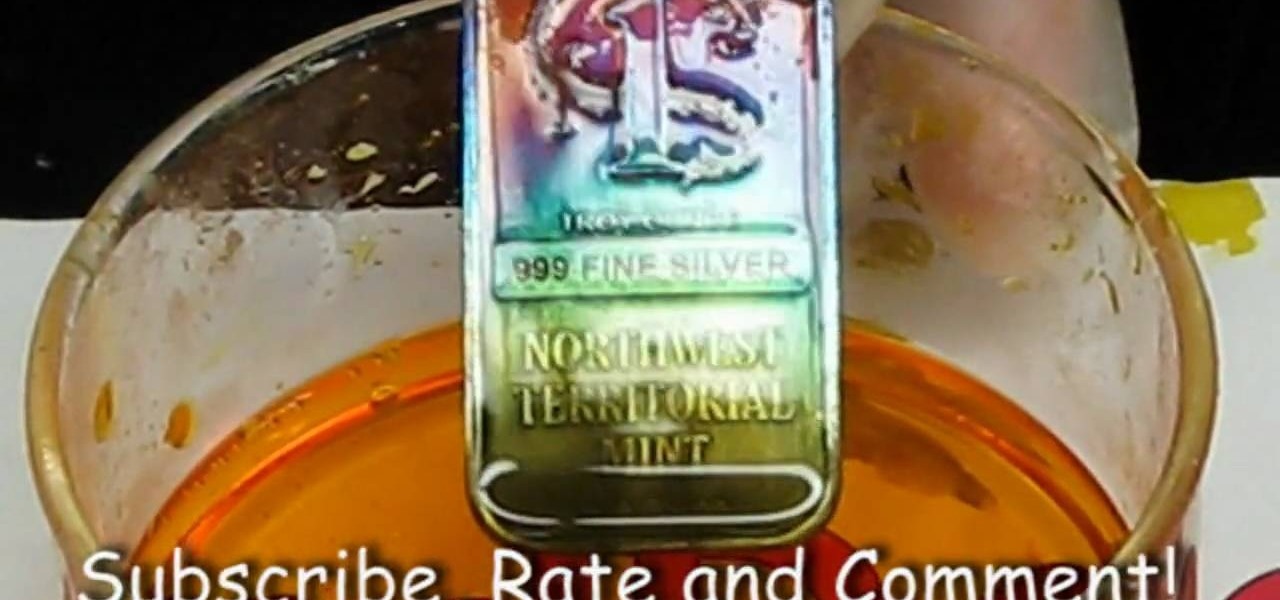
How To: Make silver different colors by anodizing
Watch this science video tutorial from Nurd Rage on how to make silver different colors by electrochemical anodizing. Without using paint, you can give a silver surface various colors by anodizing it.
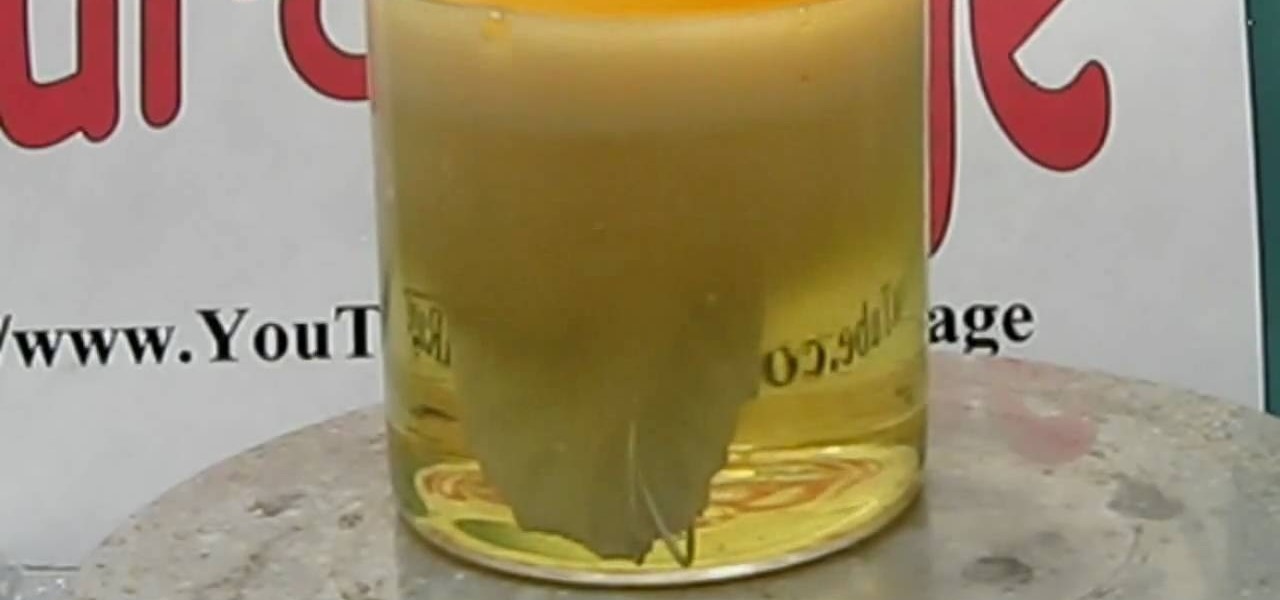
How To: Make silver nitrate from silver and nitric acid
Watch this science video tutorial from Nurd Rage on how to make silver nitrate from silver and nitric acid. They show the chemistry of making this cool chemistry, colorless solid.
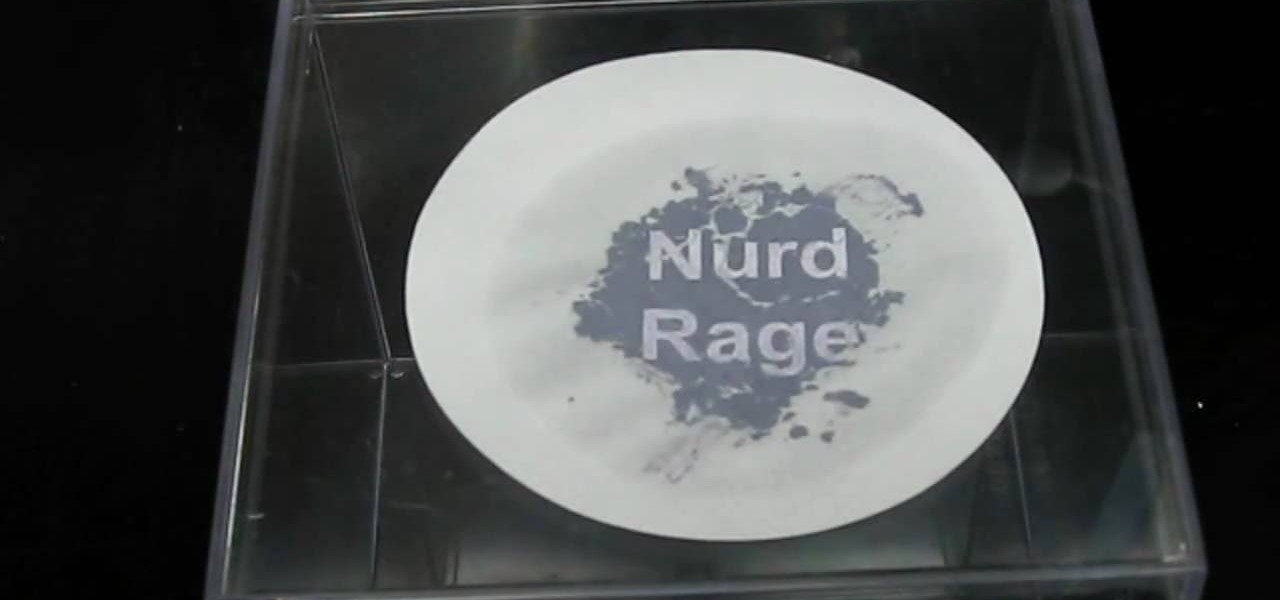
How To: Make silver chloride for a photochemistry test
Watch this science video tutorial from Nurd Rage on how to make silver chloride for a photochemistry test. They show the chemistry of photography using silver chloride that they make themselves from table salt and silver nitrate.
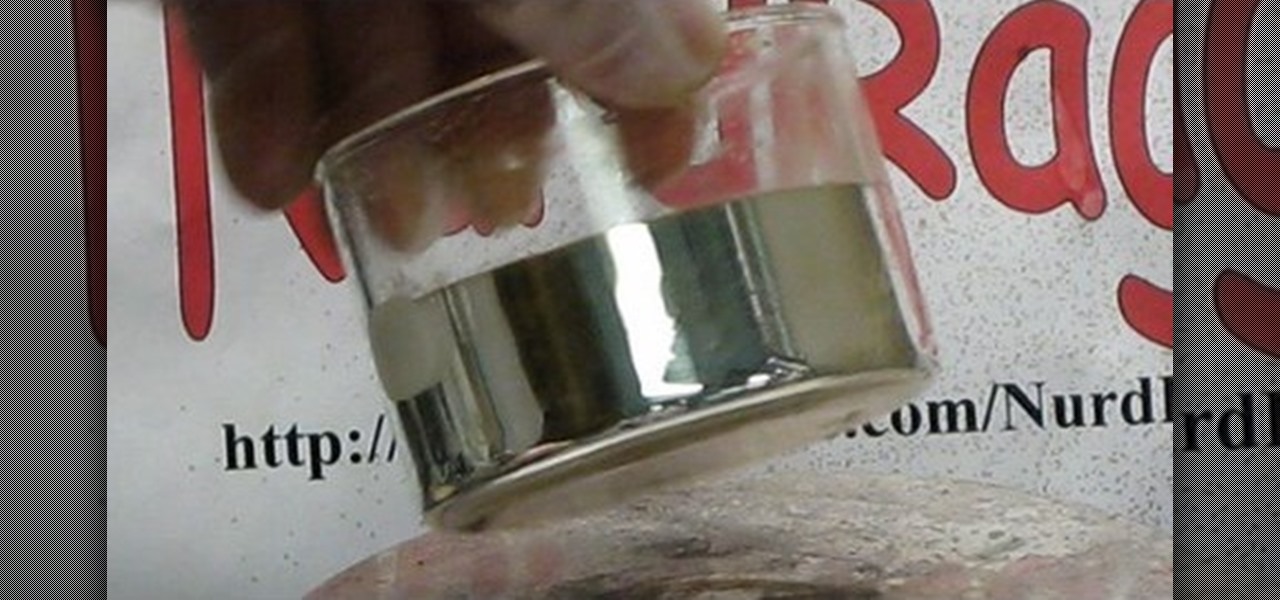
How To: Make glass mirrors with silver nitrate
Watch this science video tutorial from Nurd Rage on how to make a mirror silvering solution from silver nitrate, ammonia, sugar, and sodium hydroxide.







